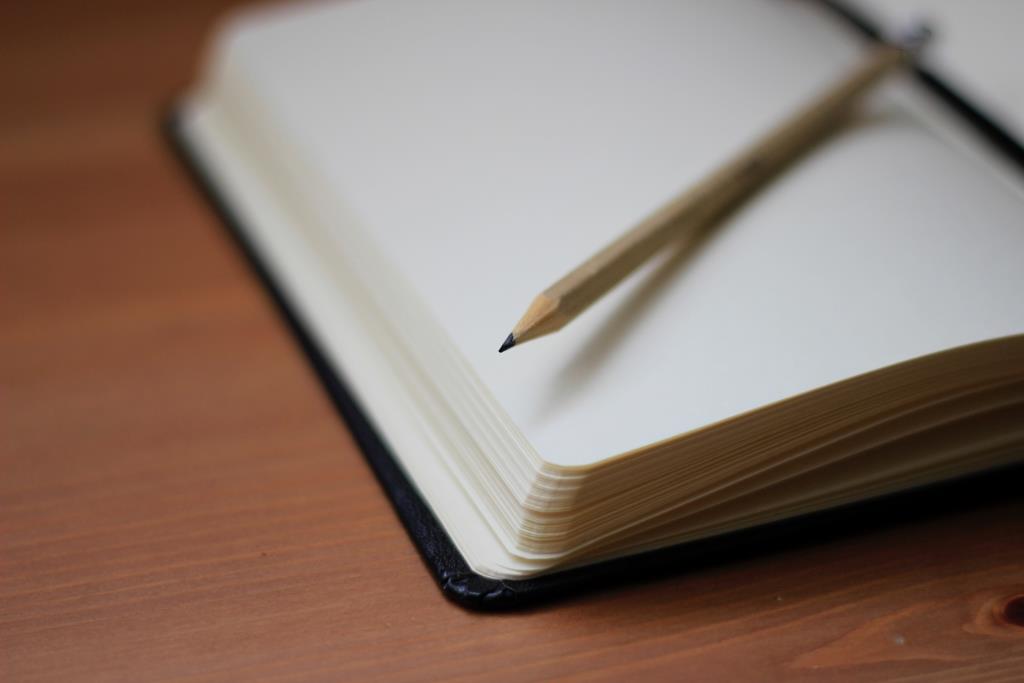The skills needed to succeed in the modern workplace are evolving. This article is part of our skills series, which investigates what different roles and different departments need in order to do their jobs effectively and efficiently.
In this article we’ll be looking at the key skills a graphic designer needs to be successful at his or her job. These include both soft skills and technical ones, such as software and knowledge of typography.
9 Key Designer Skills
Typography
Content is usually a critical part of design. Whether it’s web design, a billboard ad, or a mobile app, the best designers will understand how different fonts play off of each other and the design, as well as how the spacing between letters and lines affect the reader. Typography is a study of multiple aspects that enhance and enable the design and its audience.
UX/UI
Your user interface (UI) is the side of your business your audience interacts with. User experience (UX) is your customers’ complete experience with your brand, from how well your UI works to how easy it is for your customers to figure out what they want to know. A good user experience is highly designed, because you want everything from your website to your mobile app to be intuitive and easy for your customer. Your UI and brand has to work, look great, and make sense to achieve good UX.
Detail-oriented
Designers must be detail-oriented to account for the many little mistakes that customers can make, and the many tiny misunderstandings that spiral into huge problems. An overlooked design detail can mean the difference between a happy customer and a confused would-be customer, who’s now a lost sale.
“The details are not the details. They make the design.” – Charles Eames
Information architecture
Information architecture is the design and organization of information in any brand material, but usually referring to websites and interactive media. It helps your users find the information they’re looking for, and organizes your information in a way that makes it easily searchable and intuitive to navigate. The navigation bar of a website is a good example of information architecture at work, as well as the headings and subheadings in a blog post. Good designers should be able to organize information elements in a way that makes sense to users.
Although information architecture isn’t the same as graphic design, it’s becoming an increasingly complicated and needed skill for designers and marketers alike.
Color theory
Did you know that the color blue implies trust? Color theory is the study of how color affects emotions and the best use and applications of different colors on design. It’s a complex field that a designer could spend years studying, but all good designers have a basic understanding of color theory and use.
Design software
All good artists have their tools, and graphic designers are no different. A good designer should have deep knowledge of how to use design software like Photoshop, Corel and the like. There are also a number of free tools that they can learn and utilize. Good graphic designers have a strong handle on the tools available to them, know how to use them to achieve exactly what they want, and understand which tools are best for what job.
Basic web design
This is an increasingly in-demand designer skill because almost all businesses should have a website. A graphic designer is needed to design the site using color theory, typography, a knowledge of information architecture, and more to ensure it’s visually pleasing and easy to navigate. Then, a developer builds the website, including the images and logos the graphic designer has provided, and an SEO specialist fills it with content.
Communication
Your designer needs to understand the brand and what you’re looking for from a project before he or she can deliver the best results. Good designers understand the need to communicate with their clients about a design, it’s functions, anything they don’t understand, and more to ensure a seamless project and deliverables that produce results.
Objectivity
For a designer, it’s sometimes tough to discard a design that they’ve worked hard on. However, there are times when inspiration and hard work isn’t enough, and a design just isn’t the right fit for a client. Instead of being stubborn and insisting that their design doesn’t need any adjustments, a great graphic designer will be able to view the design with a objective eye to see whether it needs improvement and in which areas. Their knowledge of color theory, typography, UX, and information architecture should lend them a credible voice when discussing changes.
Self-aware, if something looks bad etc why What design skills do you look for when hiring a designer? Share in the comments below.




